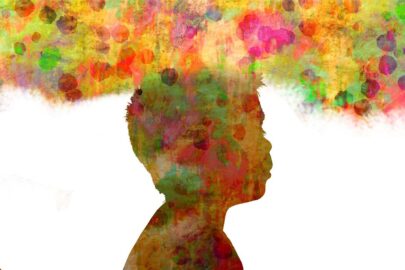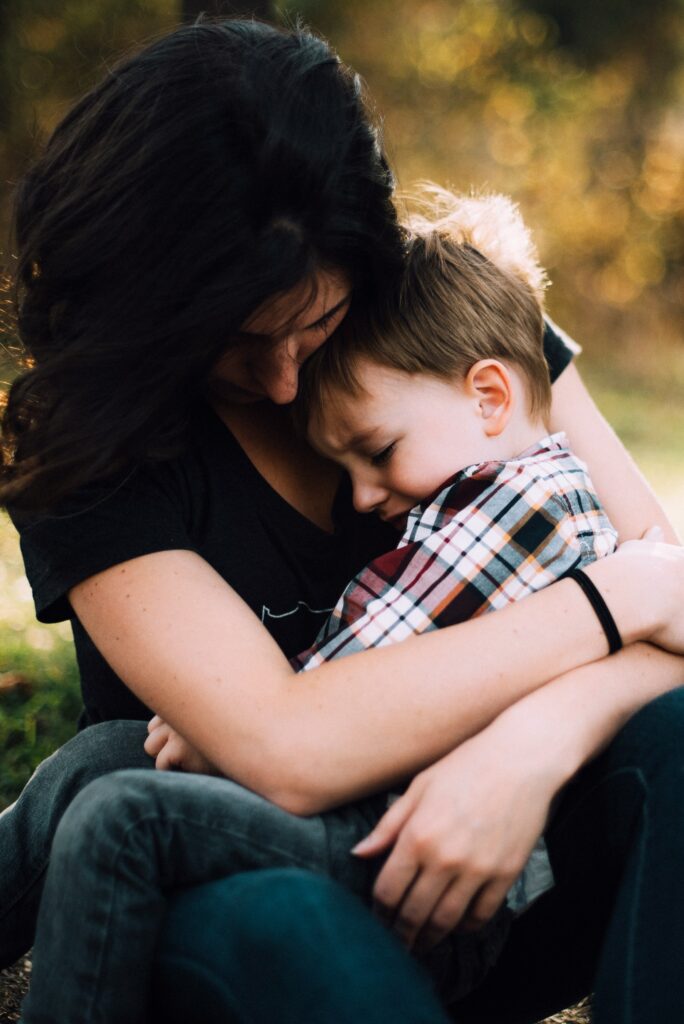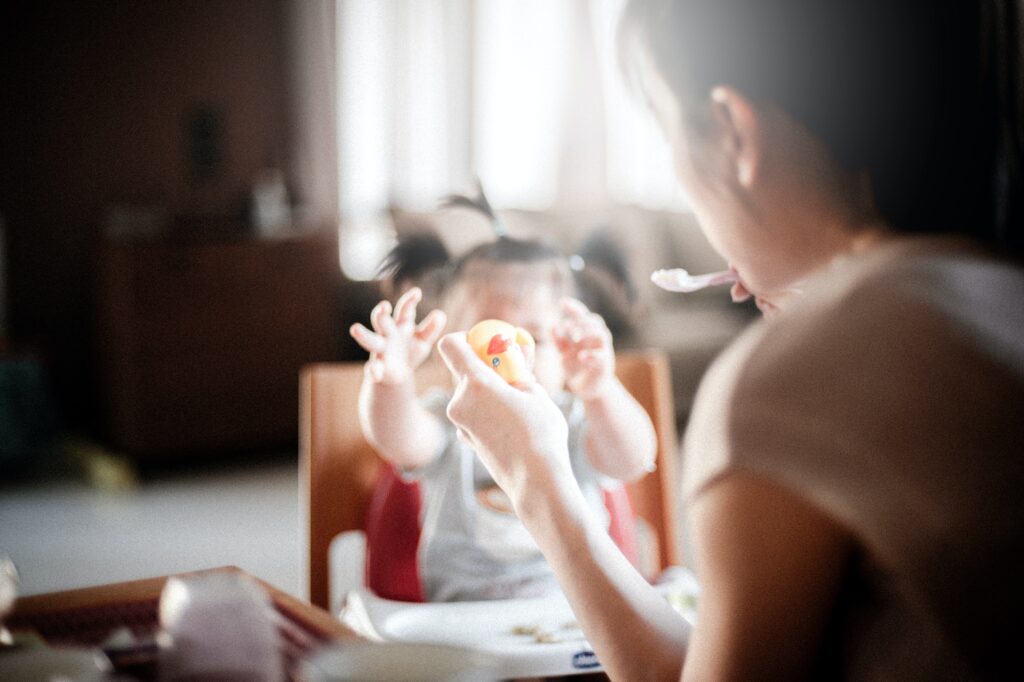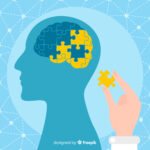
Neuroscience in parenting
Parenting is a profound journey that demands not only love and dedication but also a profound understanding of a child’s developing brain. Neuroscience principles provide a roadmap for effective parenting, encompassing the upstairs and downstairs brain, the developmental child brain, mirror neurons, the hand model of the brain, and positive discipline. In this article, we explore these concepts to create a nurturing environment for both parents and children.
Hand Model of the Brain
The hand model of the brain, introduced by Dr. Siegel, is a simple yet powerful metaphor for explaining brain function. The palm represents the downstairs brain, responsible for basic functions, while the fingers symbolize the upstairs brain, responsible for more complex functions like reasoning. During moments of stress, the “flipping of the lid” occurs when the downstairs brain takes control. This model helps parents and children understand the mechanics of emotional regulation.
Positive Discipline
Neuroscience in parenting and Positive discipline prioritizes teaching over punishment, fostering a child’s intrinsic motivation to behave appropriately. It involves setting clear boundaries, providing consistent consequences, and promoting open communication. This approach, rooted in neuroscience principles, nurtures a child’s emotional and behavioral development.
Common Challenging Situations and Strategies for parenting
Temper Tantrums:
Strategy: Stay calm, offer a safe space for expression, and encourage verbal communication of emotions.
Conflicts:
Strategy: Teach conflict resolution and model positive behavior, guiding children in expressing emotions constructively.
Bedtime Resistance:
Strategy: Establish a consistent bedtime routine, signaling the transition to sleep, and provide choices to empower the child.
Conclusion:
Understanding the neuroscience principles behind parenting is fundamental for building a robust foundation for a child’s emotional and cognitive development. By embracing concepts like the upstairs and downstairs brain, mirror neurons, the hand model of the brain, and positive discipline, parents can navigate the challenges of parenting with empathy and effectiveness.
Because every parenting moment deserves thoughtful guidance. Click here to make an appointment, explore, and empower your parenting journey with insights that truly matter.
References:
Siegel, D. J., & Bryson, T. P. (2011). “The Whole-Brain Child: 12 Revolutionary Strategies to Nurture Your Child’s Developing Mind.”
Siegel, D. J., & Payne Bryson, T. (2014). “No-Drama Discipline: The Whole-Brain Way to Calm the Chaos and Nurture Your Child’s Developing Mind.”
Hughes, D. (2012). “Building the Bonds of Attachment: Awakening Love in Deeply Traumatized Children.”
Michigan State University Extension. (n.d.). “Parenting with the Brain in Mind.” Retrieved from https://extension.msu.edu.

My name is Silvana, I am a psychologist and the founder of Intercultural Psychology clinic, established in Dublin since 2010. I have been working with hundreds of people living in Ireland, from over 15 countries, helping them to overcome their life, language or cultural difficulties and to be prepare for an international mind set. I love inspiring people and I hope I can do the same for you.






